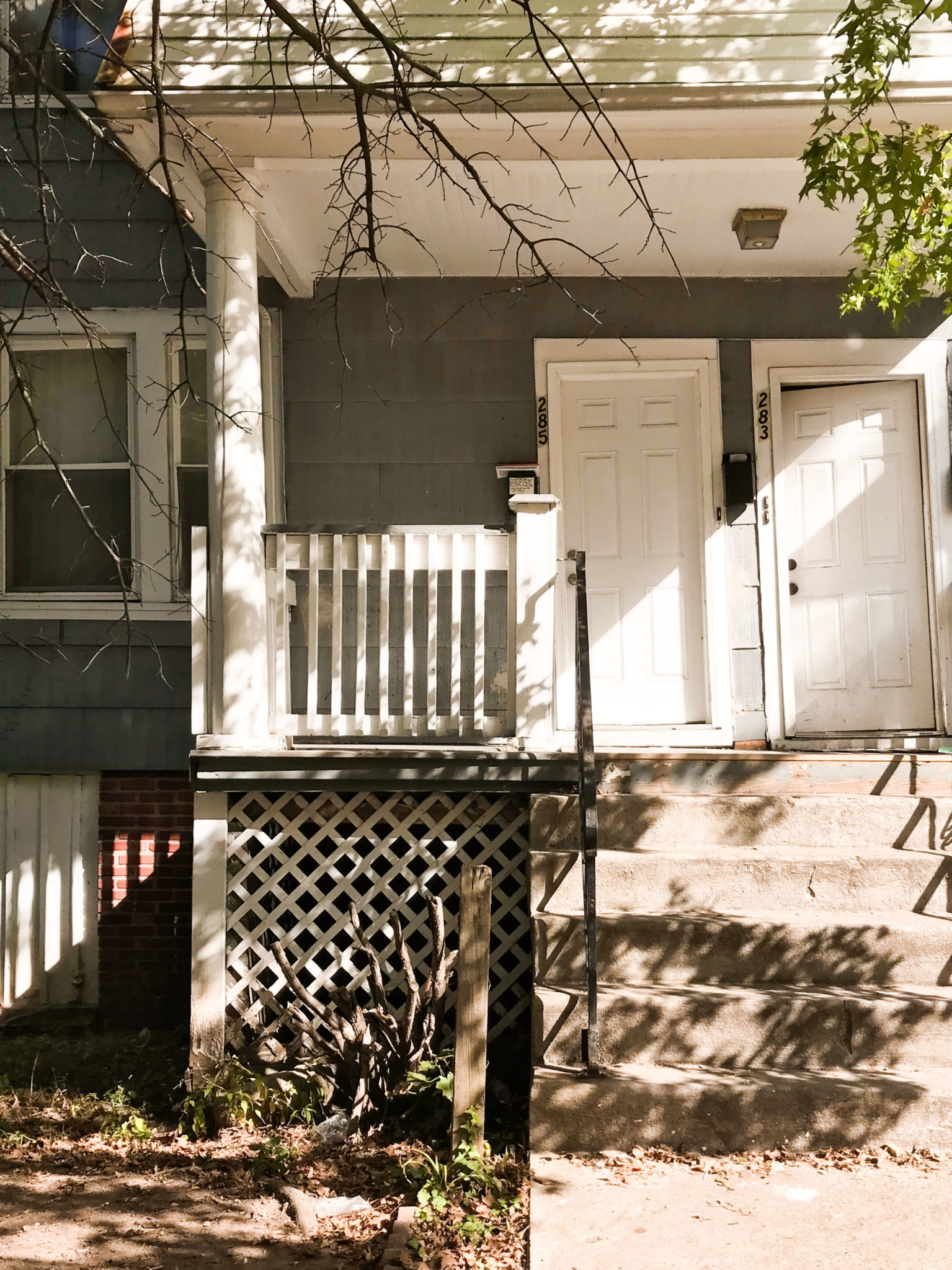
According to Housing Authority of New Haven Executive Director Karen DuBois-Walton, the Elm City falls 25,062 housing units short when it comes to fulfilling residents’ need for low-income housing.
At a New Haven Affordable Housing Task Force meeting on Monday at City Hall, DuBois-Walton and Livable City Initiative Executive Director Serena Neal-Sanjurjo discussed the current state of low-income housing in New Haven, current development projects and the importance of discussing segregation and social injustice in housing issues.
“We see this investment in affordable housing [in the region] as an equity issue in a range of ways,” DuBois-Walton said. “There is clearly a housing crisis in this community, and segregation is also a crisis.”
In DuBois-Walton and Neal-Sanjurjo’s research on affordable housing, they found that, of New Haven’s 57,000 housing units, 34 percent of the units were made financially sustainable through a government subsidy. Forty-one percent of New Haven households are housing burdened — a term describing households that spend more than 30 percent of their income on housing.
DuBois-Walton argued that the allocation of subsidized affordable housing in the south-central region of Connecticut conveys a civil rights issue, as areas with a higher density of people of color provide more low-income housing.
According to DuBois-Walton, of the 12 percent of housing units that are subsidized in south-central Connecticut, New Haven, Meriden, West Haven, Hamden and East Haven — which have the highest population density of people of color — provide the highest levels of affordable housing. DuBois-Walton argued that the locations of affordable housing units economically and racially segregate people, pushing them to areas with more available affordable housing.
DuBois-Walton suggested that, to combat this issue, activists and lawmakers should take a more regional approach to affordable housing.
Additionally, 27 percent of New Haven households live below the poverty line — which is much higher than the 2017 national 12.3 percent statistic — according to DuBois-Walton and Neal-Sanjurjo.
Neal-Sanjurjo reviewed projects that the Livable City Initiative has supported since 2015, including various developments in Union Square and Kensington Square. The initiative is focused on maintaining mixed-income apartments, with 398 of the 1,100 Union Square units being considered affordable housing.
“We will be bringing back some of our project-based vouchers to the site to ensure that we have a mix of [socioeconomically diverse] families living there,” Neal-Sanjurjo said.
The Project-Based Voucher program provides state aid for low-income families attempting to find affordable housing. The program operates with a waitlist period. DuBois-Walton said that 10,000 families are on waitlists for affordable housing programs through the New Haven Housing Authority. Yet, they can only cycle 400 families through their programs per year.
In total, the Livable City Initiative has worked to provide 1,500 affordable units since 2015. Many of these projects are still currently underway.
The Affordable Housing Task Force, chaired by Ward 8 Alder Aaron Greenberg GRD ’18 was established in March and has met four times since its first meeting in June.
In the city, 58 percent of households are rented at $1,000 per month. Yet, based on New Haven’s median income of $37,000, DuBois-Walton and Neal-Sanjurjo said affordable rent is $750 per month, not $1,000.
Nick Tabio |nick.tabio@yale.edu .







